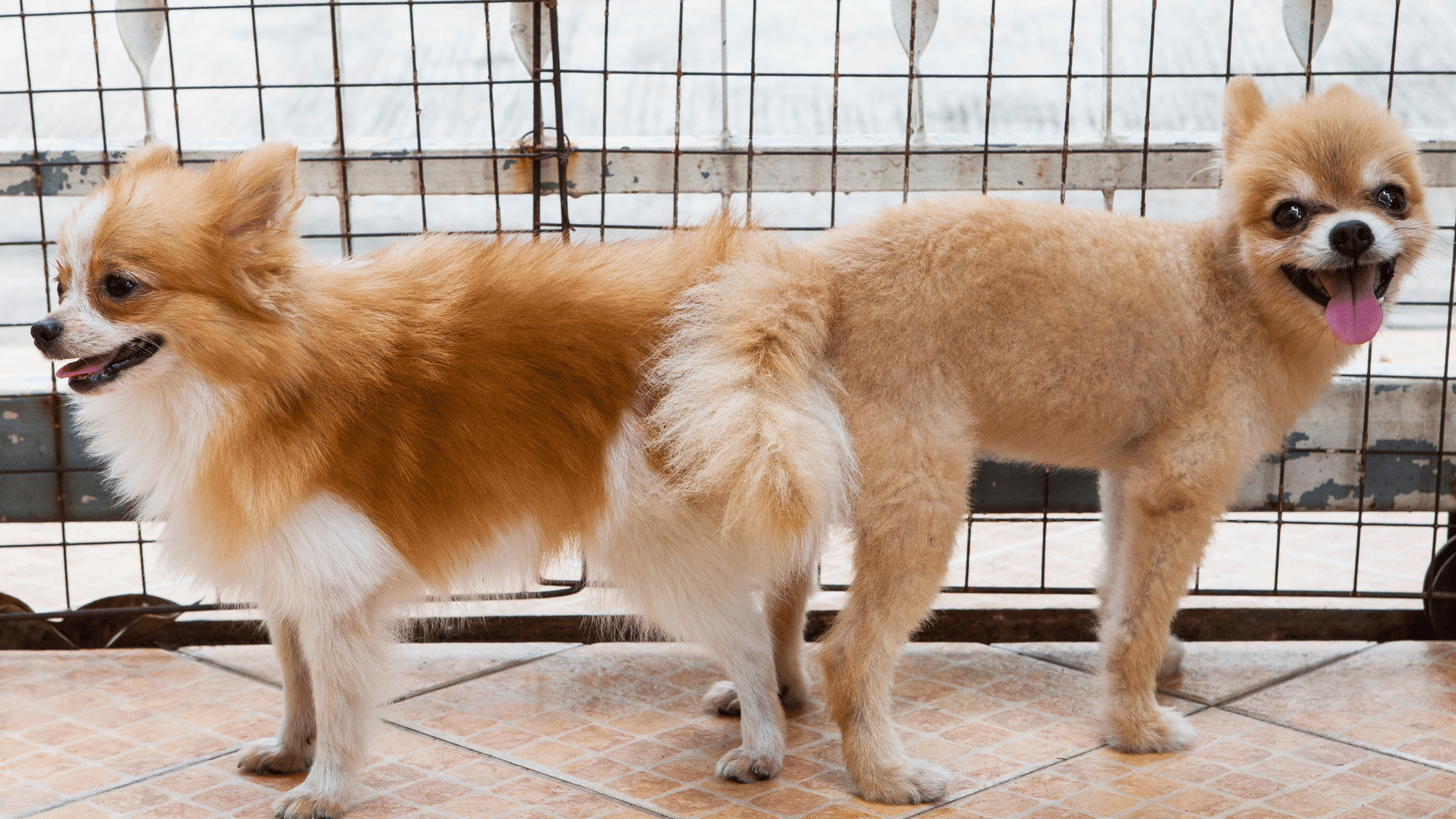What Is the Dog Mating Risk: Vet Advice
What is the Dog Mating Risk: Vet Advice is a critical question for anyone considering dog breeding. In 2025, with pet ownership surging and veterinary advancements accelerating, understanding What Is the Dog Mating Risk: Vet Advice ensures the health and well-being of dogs and their puppies. This article compiles veterinarian insights on physical, genetic, and ethical risks of dog mating, offering practical solutions to mitigate them. From health complications to irresponsible breeding, we’ll guide you through safe, ethical practices with a humanized, expert-driven narrative.
Canine Health Trends in 2025
Veterinary Innovations
In 2025, tools like DNA screening and AI-driven diagnostics are transforming canine care. These identify hereditary conditions, such as hip dysplasia in German Shepherds, before breeding, reducing risks. Staying informed is essential for responsible breeding. Visit the Veterinary Information Network for expert resources.
Nutrition for Breeding Dogs
High-protein diets with omega-3s and vitamins support reproductive health. Vets recommend tailored nutrition for females (bitches) to sustain pregnancy and for males (studs) to maintain sperm quality, minimizing complications and ensuring dogs are in peak condition.
Physical Risks of Dog Mating
Health Challenges for Bitches
Mating poses significant risks for bitches, especially without proper health checks. Key concerns include:
- Dystocia: Difficult labor, common in breeds like Bulldogs, often requiring emergency C-sections.
- Pyometra: A life-threatening uterine infection, more prevalent post-mating in unspayed bitches.
- Eclampsia: Calcium deficiency during nursing, causing seizures in small breeds like Chihuahuas.
Pre-breeding screenings, including bloodwork and ultrasounds, confirm reproductive fitness and reduce these risks.
Risks for Studs
Studs face fewer risks but can suffer from overbreeding, leading to exhaustion, reduced sperm quality, or testicular infections. Aggressive mating may cause injuries if the bitch resists. Regular vet exams ensure studs remain healthy for breeding.
Age and Maturity
Bitches should be 18-24 months old to ensure physical maturity, while studs can start at 12 months. Breeding bitches over 7 years increases risks like dystocia. Spaying after breeding prevents health issues like mammary tumors, a key vet recommendation.
Genetic Risks in Dog Breeding
Hereditary Conditions
Breeding without genetic screening can perpetuate diseases such as:
- Hip Dysplasia: Painful joint issues in large breeds like Labradors.
- Progressive Retinal Atrophy: Blindness in breeds like Cocker Spaniels.
- Brachycephalic Syndrome: Breathing difficulties in Pugs and French Bulldogs.
DNA tests identify carriers of recessive genes. The Canine Health Information Center provides screening guidance to ensure healthier litters.
Inbreeding Concerns
Mating closely related dogs increases congenital defects, such as heart murmurs or cleft palates. Vets advocate outcrossing to promote genetic diversity, strengthening puppies. Breed clubs help map pedigrees to avoid inbreeding risks.
Selecting Compatible Pairs
Choose mates based on health, temperament, and breed standards. Mismatched sizes, like a large stud with a small bitch, can lead to oversized puppies, complicating delivery. The Fédération Cynologique Internationale offers resources for safe pairings.
Pet Ownership Trends in 2025
Rise in Ethical Pet Care
In 2025, pet owners are embracing responsible practices, from adoption to breeding. Community initiatives promote spaying/neutering, aligning with What Is the Dog Mating Risk: Vet Advice to reduce the 3.1 million dogs in U.S. shelters annually (2024 data).
Technology for Pet Owners
Wearable health monitors and AI-driven apps track canine health, aiding breeders in monitoring pregnancy. These tools enhance precision, minimizing risks during mating and whelping, and are gaining traction among conscientious owners.
Ethical Risks of Dog Mating
Overbreeding and Shelter Impact
Overbreeding contributes to shelter overcrowding, with 1.5 million dogs euthanized yearly (2024 estimate). Breeding without rehoming plans is unethical. Vets recommend limiting bitches to 1-2 litters annually and ensuring responsible puppy placement.
Irresponsible Breeding Practices
Profit-driven breeding, such as puppy mills, prioritizes quantity over health, producing sickly puppies. Ethical breeders screen adopters, provide health records, and enforce spay/neuter contracts to ensure puppy welfare.
Impact on Canine Welfare
Forced or frequent mating stresses dogs, leading to anxiety or aggression. Vets emphasize recovery periods (6-12 months) between litters to maintain bitch health and prevent behavioral issues.
Timing and Environmental Risks
Managing Heat Cycles
Bitches enter heat every 6-12 months, with a 9-14-day fertile window. Mating outside this window reduces success and stresses dogs. Progesterone tests pinpoint ovulation, ensuring optimal timing for conception.
Environmental Stressors
Mating in noisy or unfamiliar settings can cause refusal or aggression. Create a calm, neutral space with:
- Bedding: Soft, clean surfaces for comfort.
- Waste Areas: Separate spaces to avoid territorial disputes.
- Supervision: Prevent injuries during mating.
Handling Mating Refusal
If a bitch rejects a stud, stress or incompatibility may be factors. Forcing mating is unethical and risks injury. Consult a vet or behaviorist to assess readiness and reduce anxiety through gradual introductions.
Pregnancy and Whelping Risks
Complications During Pregnancy
Pregnancy lasts 58-68 days, with risks including:
- Miscarriage: Often due to infections, common in the first 30 days.
- Gestational Diabetes: Rare, affecting puppy development in overweight bitches.
- Premature Labor: Produces weak or non-viable puppies.
Ultrasounds at day 25 monitor fetal health, while X-rays in the final week estimate litter size to plan delivery.
Whelping Challenges
Whelping risks include:
- Uterine Inertia: Failure to contract, requiring vet intervention.
- Malpositioned Puppies: Breech births may need C-sections.
- Postpartum Hemorrhage: Excessive bleeding post-delivery, needing urgent care.
Prepare a whelping kit with towels, sterile scissors, and a heating pad. Keep a vet’s emergency contact ready.
Puppy Health Concerns
Newborns face risks like fading puppy syndrome, hypothermia, or congenital defects. Ensure nursing within 12 hours for colostrum and monitor weight gain (5-10% daily). Socialize puppies from 3 weeks to prepare them for adoption.
Community Engagement in Pet Care
Connecting with Breed Clubs
Breed clubs share knowledge on ethical breeding, helping avoid common pitfalls. In 2025, these communities will support new breeders with resources and regulatory guidance, fostering responsible practices.
Supporting Shelter Efforts
Collaborate with shelters to rehome non-breeding dogs or excess puppies. This reduces shelter strain and aligns with ethical breeding, ensuring no dog is left without a home.
Mitigating Risks with Veterinary Guidance
Pre-Breeding Health Checks
Vets recommend comprehensive screenings:
- Genetic Testing: Identify disease risks.
- Physical Exams: Confirm health and reproductive capacity.
- Vaccinations: Protect against parvovirus and distemper.
Schedule checks 2-3 months before mating to address issues like obesity or infections.
Monitoring During Breeding
Progesterone tests optimize mating timing, while ultrasounds track pregnancy. Discuss C-section plans for high-risk breeds like Bulldogs. Post-breeding, monitor bitches for complications and provide high-calorie diets during nursing.
Long-Term Care Strategies
Spay bitches after breeding to prevent pyometra. Regular vet visits for studs maintain health for future matings. Ethical breeders plan for lifelong care, ensuring dogs remain healthy post-breeding.
Future of Responsible Breeding
Technology’s Impact
AI-driven diagnostics and genetic mapping are shaping breeding in 2025. These tools predict puppy traits and flag risks, making What Is the Dog Mating Risk: Vet Advice actionable. Veterinary webinars keep breeders informed on these trends.
Sustainable Breeding Practices
Ethical breeders prioritize quality over quantity, producing fewer, healthier litters. Collaborating with rescues and limiting breeding frequency supports a balanced canine population, reducing shelter euthanasia rates.
What Is the Dog Mating Risk?
Final Thoughts
Understanding What Is the Dog Mating Risk: Vet Advice is the cornerstone of responsible breeding. By addressing physical, genetic, and ethical risks with veterinary guidance, breeders ensure the well-being of dogs and their puppies. Breeding is a privilege that demands care, respect, and planning. In 2025, with advanced tools and community support, you can contribute to a healthier, happier canine world.


No responses yet